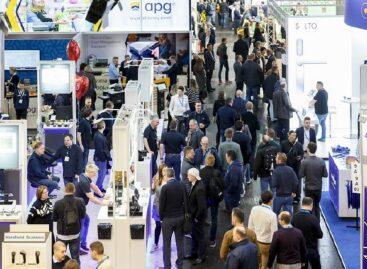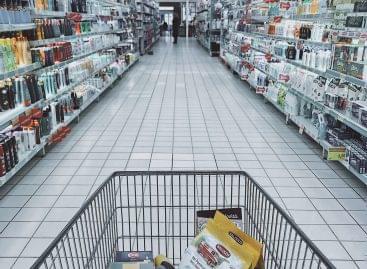Magazine: Interactive retail opens the door to sales growth
Sales of smart services are expected to represent a value of more than USD 490 billion by 2019. Intelligent technologies are already used in many fields of life, from healthcare to education. For instance virtual reality (VR) devices such as smart glasses are used to look into the veins of patients. More and more retailers are offering VR and other smart products, but at the moment the field’s potential is hardly utilised at all.
David Anzia, vice president of Frank Mayer and Associates Inc. told our magazine that the potential for increasing sales is endless in new technologies. For instance wearable devices such as Facebook’s head-mounted Oculus Rift provide consumers with product information instantly. Thomas Fowler, head of sales and marketing at Recon Instruments agrees that wearable devices and the Internet of Things (IoT) generate great changes in consumer experience.

Many think that wearable devices are expensive, but interactive retail is capable of breaking through this barrier. Mr Fowler stressed that most consumers have little experience in IoT and wearable devices. This is the reason why introducing these to them has ‘magical power’. Devices that communicate with one another can create an experience that can involve shoppers in retail trade. Smart eyewear manufacturer Recon Instruments entered the sportswear market with its Recon Jet sunglasses. With the help of intelligent displays, consumers had the chance to try the sunglasses on – which are placed behind security glass.
Mr Anzia called our attention to the fact that the costs of interactive displays must be monitored all the time. Retailers need to think about the following: How can a VR experience be created and how this investment will make returns? How will VR devices be fixed to the display in a way that the emphasis will stay on consumer usability? How will the content be updated? How will they see what consumers watch using the VR device? Mr Fowler added that retailers also have to face other challenges, such as training store staff to keep up with the constantly changing technological solutions.

Today experts can acquire information on how the spending of consumers who are in the store can be increased, e.g. comfortable payment solutions can be offered so that there is no queuing. Another example is the kiosk of Toys “R” Us, which can be used to order products which aren’t available in the shop – consumers can collect these later. VR can take this one step further: if one wishes to buy a pair of shoes in a colour that isn’t available in the store, VR technology can be used to try the shoes on without having to leave the store. //
Related news
EuroCIS 2025: Serious interest in the retail technology trade fair
Amazon and TikTok recently signed an agreement that will allow…
Read more >KSH: retail turnover exceeded the same period of the previous year by 3.6 percent and the previous month by 1.2 percent
In October, the volume of retail trade turnover exceeded the…
Read more >Mondelēz uses AI to personalise marketing
Mondelēz is launching a new platform to improve its global…
Read more >Related news
Penny’s ‘Markthalle’ discount concept in Germany
Penny’s marketplace concept in Germany is an evolutionary step towards…
Read more >The majority of Hungarians spend less than 50 thousand forints on Christmas gifts, sustainability is an important aspect, but not the primary one
Gift-giving is an essential holiday tradition, but what really matters…
Read more >Rossmann ended the year with charity
This year, Rossmann Hungary also provided support to many needy…
Read more >








